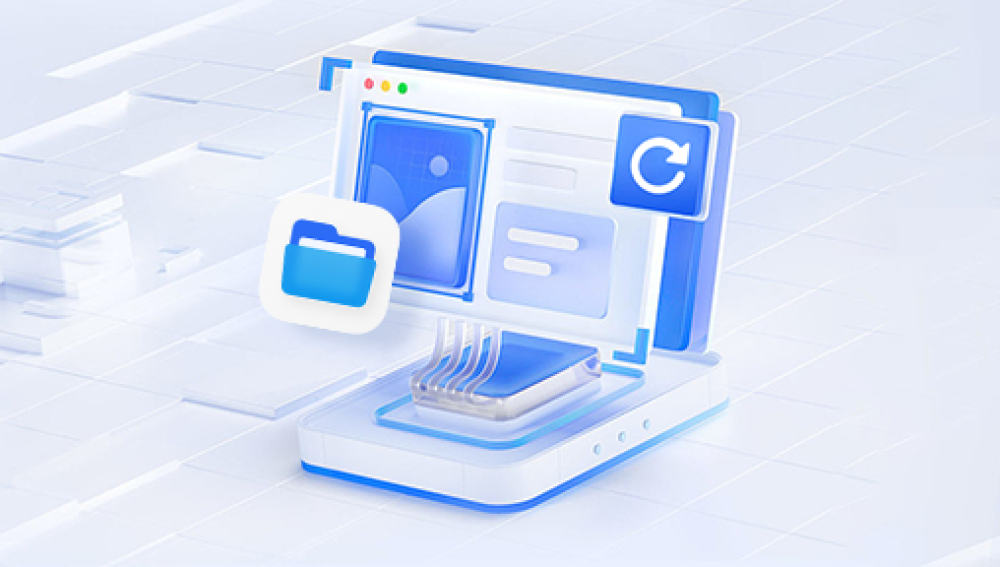Data recovery is a process of salvaging inaccessible, lost, corrupted, damaged, or formatted data from secondary storage, removable media, or files. Hard drives, being one of the most common storage devices, often require data recovery services due to physical damage, logical failures, or accidental deletions. The cost of data recovery for hard drives can vary significantly based on several factors, including the nature of the problem, the type of drive, and the service provider. This article aims to provide a comprehensive overview of these costs and the factors influencing them.
Type of Failure:
Logical Failures: These occur when the drive's file system is corrupted, or files are accidentally deleted. Recovery from logical failures is generally less expensive as it often involves software solutions and does not require physical repairs. The cost typically ranges from $100 to $500.
Physical Failures: These include mechanical issues like head crashes, motor failures, or damage to the circuit board. Physical recovery is more complex and requires a cleanroom environment and specialized equipment. The cost for physical recovery can range from $500 to $2.000 or more.

Type of Hard Drive:
HDD (Hard Disk Drive): Traditional mechanical hard drives are generally cheaper to recover data from compared to SSDs. The intricate moving parts, while fragile, are well-understood by data recovery professionals.
SSD (Solid State Drive): SSDs store data on flash memory, which is more challenging to recover due to the way data is distributed and managed. Recovery costs for SSDs are usually higher, ranging from $1.000 to $3.000 or more.
Capacity of the Drive:
Larger drives (measured in terabytes) hold more data, which means more work for the recovery specialists. Consequently, higher capacity drives can incur higher recovery costs.
Extent of Damage:
Drives that are heavily damaged, such as those exposed to fire or water, require more intensive efforts to recover data. The severity of the damage directly impacts the cost.
Data Importance and Time Sensitivity:
If the data is critical and requires expedited recovery, many service providers offer priority or emergency services at a premium cost. These services can sometimes double the price of standard recovery.
Service Provider:
Costs can vary significantly between different data recovery companies. Established firms with certified cleanrooms and experienced technicians typically charge more but offer higher success rates.
Breakdown of Data Recovery Costs
Diagnostic Fee:
Most data recovery services start with a diagnostic assessment to determine the nature and extent of the damage. Some companies offer this service for free, while others may charge a fee ranging from $50 to $200.
Labor Costs:
Labor costs are a major component of the overall fee. Skilled technicians, cleanroom facilities, and specialized tools all contribute to the labor cost, which can range from $100 to $1.000 or more depending on the complexity of the recovery.
Parts and Equipment:
Replacing damaged components (e.g., read/write heads, circuit boards) adds to the cost. The price of parts can vary widely based on the drive model and availability.
Software Tools:
Advanced software tools for logical recovery, decryption, and data reconstruction are also factored into the cost. Licenses for these tools can be expensive, influencing the final price.
Data Transfer and Storage:
Once recovered, data needs to be transferred to a new storage medium. Service providers may charge for the storage device (e.g., a new external hard drive) and the transfer process.
Typical Cost Ranges
Simple Logical Recovery: $100 - $500
Complex Logical Recovery: $500 - $1.000
Minor Physical Recovery: $500 - $1.500
Major Physical Recovery: $1.500 - $3.000+
SSD Recovery: $1.000 - $3.000+
Cost Examples from Leading Providers
DriveSavers:
One of the most renowned names in data recovery, DriveSavers offers a no-cost evaluation and a success guarantee. Their prices for hard drive recovery typically range from $500 to $2.700.
Secure Data Recovery:
Offering a "no data, no charge" policy, Secure Data Recovery charges between $300 and $2.700. depending on the severity and type of failure.
Ontrack:
Known for their expertise in both HDD and SSD recovery, Ontrack's prices range from $500 to $3.000. They also provide expedited services at an additional cost.
Gillware:
Gillware offers free evaluations and transparent pricing. Their recovery costs generally fall between $300 and $2.500.
Cost-Saving Tips
Back Up Regularly:
Regular backups to external drives or cloud services can prevent the need for expensive recovery services.
Avoid DIY Recovery:
Attempting to recover data on your own, especially in cases of physical damage, can exacerbate the problem and increase recovery costs.
Choose the Right Service:
Research and compare multiple data recovery providers. Look for companies with clear pricing policies and positive customer reviews.
Evaluate the Value of Data:
Consider the importance of the data. For non-critical data, the cost of recovery might outweigh the value of the lost information.
Data recovery costs for hard drives can vary widely based on the type of failure, drive type, damage extent, and service provider. While logical failures are generally less expensive to address, physical failures and SSD recoveries can be significantly more costly. By understanding the factors that influence these costs and exploring ways to mitigate them, individuals and businesses can make informed decisions when faced with data loss scenarios. Regular backups and choosing reputable recovery services are key strategies in managing and potentially reducing data recovery expenses.




